
Task cards are one of my favorite teaching tools. And students love them too! I suggest you introduce this fun and versatile learning activity early on in the school year. It will give your students a chance to get to know one another and let them know right away that your classroom is a fun place to be. Try these 5 ways to use task cards at the beginning of the year.
What are Task Cards
In case you’re not already familiar with them, task cards are a popular teaching tool. They are a set of cards about a given topic. Each card has one task or problem on it. Students solve that problem or complete the task, and then they move on to the next card.
You can use task cards in any subject. I love to use them in math, grammar, reading, writing, and more. One of the best things about task cards is they allow students to focus deeply on only one skill. And by presenting only one problem at a time, they don’t overwhelm students like a a double-sided worksheet can.
Here are some ways you can use task cards in your classroom:
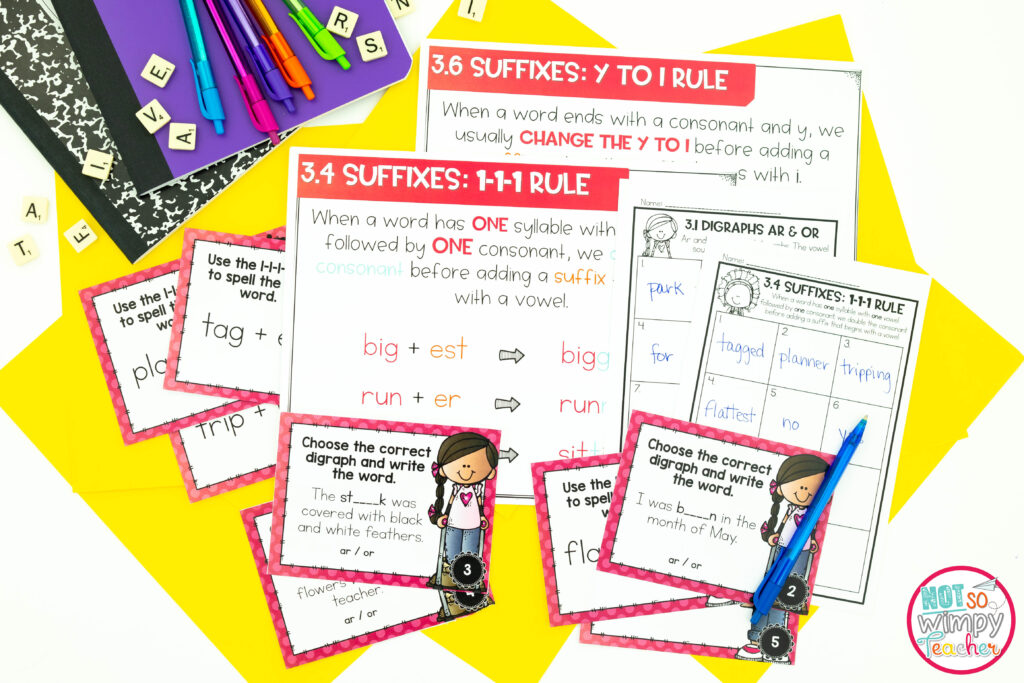
1. Task Cards Scoot
Task card scoots are a great way to get kids up and moving around the room. Lay a different card on each desk. Give students a recording sheet and then have them start with the one on their own desk (or nearest to them). When they solve that problem, they “scoot” on to the next task card.
The great thing about scoots is that you don’t have to worry about how many task cards or students you have. More than one child can work on the same card at the same time. It’s also easy to differentiate this activity. You can allow students to work in pairs for extra support, or you can check in frequently with kids who need a little extra help.
I do not recommend setting a timer for this activity. Just allow kids to move on when they are finished. Some kids will finish a problem much faster than others, and you don’t want to rush anyone or have anyone standing around bored. If not everyone finishes all the cards in the time allotted, no worries. Differentiation is more important than completing every problem!
2. Centers
Place a set of task cards in your centers for an easy activity that students can complete independently. One set of task cards will be plenty for a group of 6-8 students because each student only needs one card at a time.
During the beginning of the year, while you are teaching center procedures, try using task cards from prior grade level. This ensures that students have the skills to complete the task independently and gives them good practice working on independent centers.
3. Task Card Pairs
This is a fun activity that helps kids get to know one another. Give each student a task card and have them solve the problem. You will want to be available to check answers or provide an answer key so that they can check that their work is correct.
Once the student becomes an expert in their card, they “teach” their partner. Using a white board or some scratch paper, they will show their partner how to complete the task. Then they trade places and the other partner becomes the teacher.
Once both partners have had a chance to share, the students can change partners. Repeat this activity until all the students have been paired up or until time runs out. At the end of this activity, each student will be an expert in at least one problem and the repetition of teaching the same skill will ensure that they really understand that concept.
You could also use this activity in small groups. Place students in groups of four and allow each to become an expert on one card. Then each student will teach the others in the group how to complete their task. This is a great way to practice communications and compromise skills and small group dynamics.
This is also a great way to review last year’s skills.
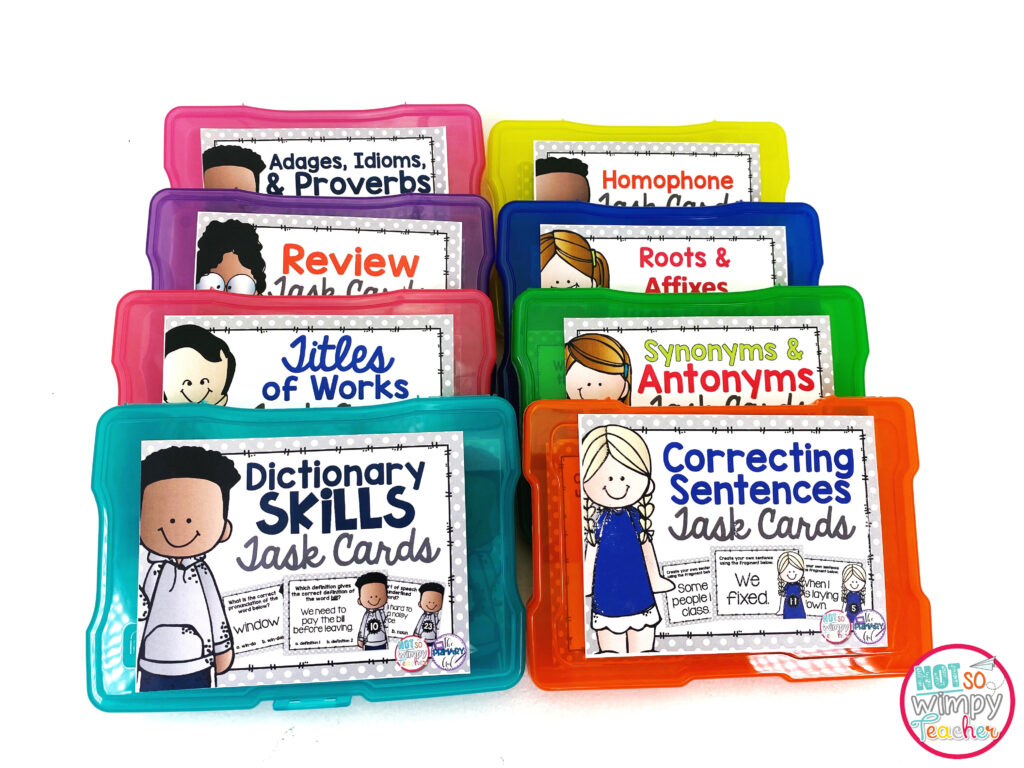
4. Show What You Know
I also love to use task cards as a pre-assessment. And pre-assessments are so important at the beginning of the year. They help ensure that you are meeting student needs and starting your lessons in the right place.
Show What You Know is a fun and easy game. Distribute a task card to each student and have them read the card aloud. Or project the card on the whiteboard. I like to do this for visual learners and so that students can easily reference the card while solving the task.
Everyone else completes the task and writes their answer on a white board. When they are finished, they hold up the boards, and it’s easy for you to quickly assess understanding and know where to begin your lesson.
Alternatively, you could use this game as a review activity. In this case, you might want to up the stakes a little bit. You could assign your students to two or three teams, and the first team to hold up the correct answer gets a point.
You could also have students come up to the board and race to see who can correctly solve the task card first. Just be sure to stress safety measures, so kids aren’t running in the classroom.
5. Fast Finishers
You are always going to have a handful of students who finishers their assignment well before everyone else. You need something to keep those kids occupied while other students are finishing up.
Fast finisher assignments can be tricky. You want them to be engaging enough that kids stay focused on them, but not so much fun that kids race through their work making tons of errors to get to the assignment.
You also want your fast finisher activity to have some educational value. I never assigned busy work, and always tried to have something more meaningful that coloring pages. But I didn’t want to spend a ton of time prepping fast finisher activities. And I definitely didn’t want to grade them.
Enter task cards.
They are the perfect fast finisher assignment. They are fun and engaging. But since you are using them in so many other ways in your classroom (you are, aren’t you?), students won’t feel compelled to rush to get to them. They know they will have lots of opportunities to use task cards.
At the beginning of the year, it’s helpful to have some tasks cards for the prior grade or some review task cards, so kids can easily complete these activities on their own.
Need some easy extension activities? How about some cards for the next grade up? Your fast finishers might love this extra challenge.
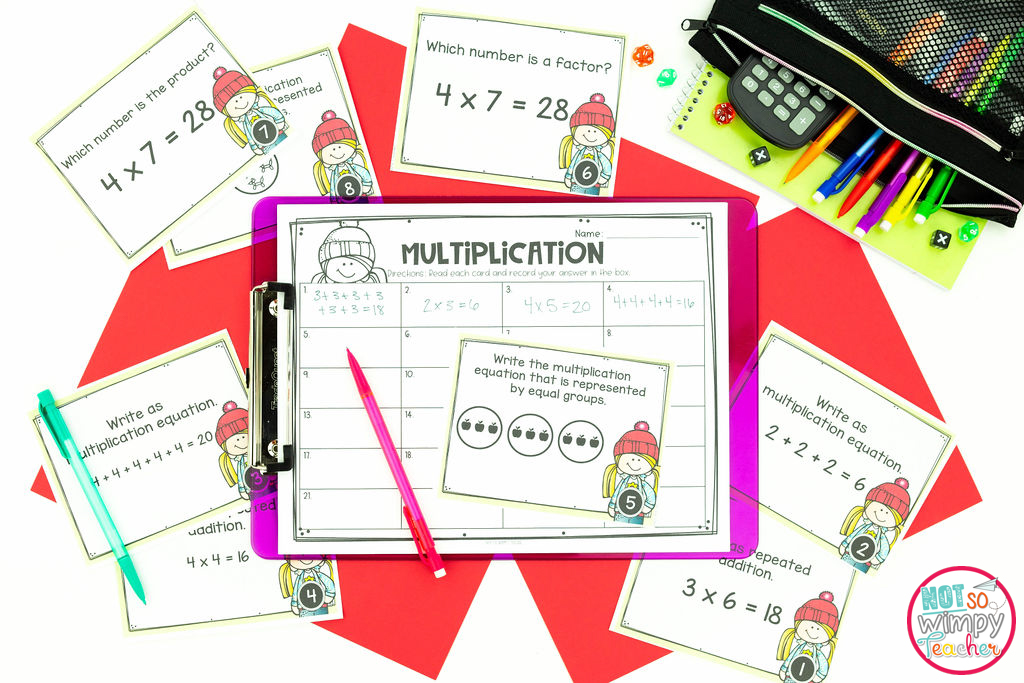
Where to Get Task Cards
I include task cards in many of my lessons. My grammar bundles include task cards each week, and my math center bundles and math curriculum both incorporate them too. You can also find them in my writing bundles, reading units for second and third grade, and my third grade spelling curriculum.
You might also like my ELA task card bundle.
Let me know your favorite way to use task cards in the classroom!
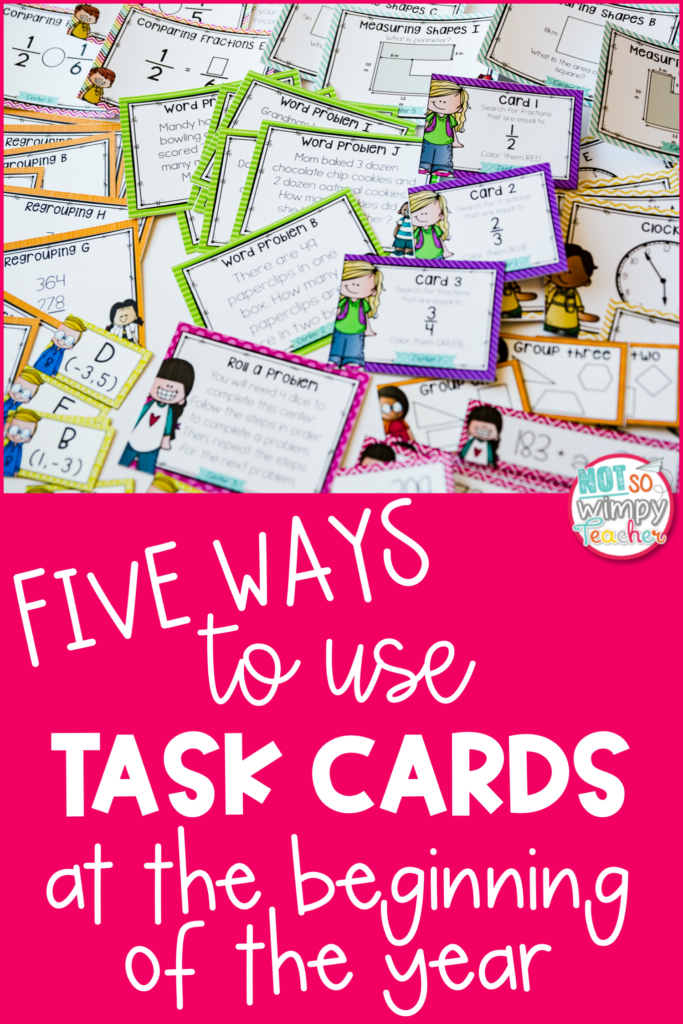
Have a Not So Wimpy Day,

P.S. Want more fun back to school activities, check out this post.

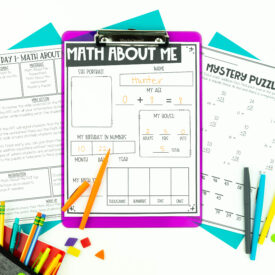
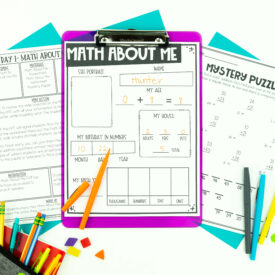
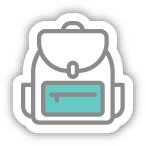


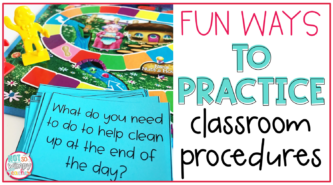
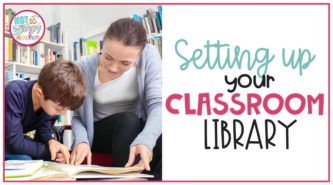











 Make Writing Workshop Easier + FREE Sentence Writing Unit for Grades 2-5!
Make Writing Workshop Easier + FREE Sentence Writing Unit for Grades 2-5!
Leave a Comment